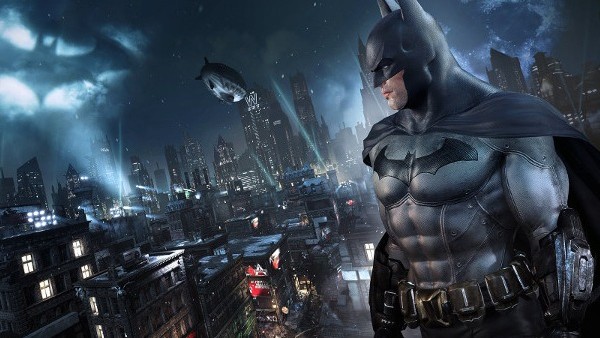Where Did It All Go Wrong With Batman: Arkham?
4. The Open-World Of Arkham City

Arkham City is a fine sequel and an even finer game, but as is the case with so many games, films and even comic books, bigger doesn't always mean better.
Pre-release, Arkham City looked to be bringing back all the things players loved most about Asylum; Paul Dini was returning as writer, Conroy and Hamill reprised their roles as Batman and the Joker respectively, and though Arleen Sorkin retired from the Harley Quinn role beforehand, Tara Strong looked to be a fine replacement as the villainess. Throw in Hugo Strange as the apparent main adversary, a plot where Joker is slowly being killed by the drug he consumed at the end of Asylum, and a world twice the size of its predecessor, and City should have been the perfect follow-up to 2009's cult classic.
Only, it wasn't. Not quite.
Arkham City may have improved in pretty much every way in terms of gameplay, offering playable characters aplenty, new gadgets and combat manoeuvres, and twice the amount of content as its predecessor, but it took a narrative hit. The premise of Hugo Strange having uncovered Batman's true identity was completely wasted, a random romance between Bruce Wayne and Talia al Ghul was chucked in halfway through, and while the Joker twist itself was particularly effective (as was the character's unexpected demise), the lasting impression of City's story is one of wasted opportunities.
It's also worth pointing out the rapid escalation of open-world gameplay. Arkham City boasts a larger environment at the expense of Asylum's unique atmosphere, and though both worlds are equally intricate, oozing with character and detail, there is something to be said about how a change of genre impacted Arkham's development.
City is still a wonderful game, and next to Asylum is the next best received entry in the series. But in discerning Arkham's apparent decline, the introduction of the open-world - and those narrative decisions - are important to consider.